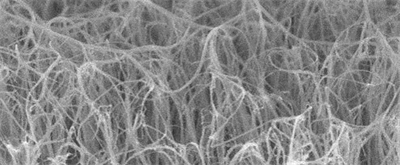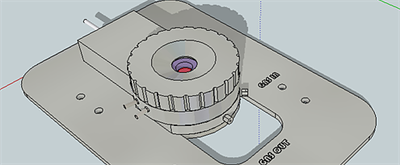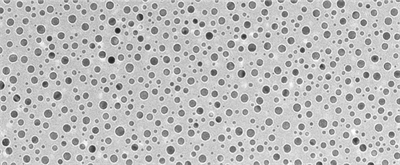Rong Xiang
The University of Tokyo
Research interests


Synthesis and application of single walled carbon nanotubes
Single-walled carbon nanotube is the icon of low dimensional nano-materials, and has been proven to be an important candidate in many applications. Using alcohol catalytic chemical vapor deposition, we are able to grow high purity single-walled carbon nanotube with various morphologies. We are particularly interested in controlling the alignment, diameter, conductivity and chirality of these tubes, and optimizing the material for the applications in energy conversion.
Single-walled carbon nanotube is the icon of low dimensional nano-materials, and has been proven to be an important candidate in many applications. Using alcohol catalytic chemical vapor deposition, we are able to grow high purity single-walled carbon nanotube with various morphologies. We are particularly interested in controlling the alignment, diameter, conductivity and chirality of these tubes, and optimizing the material for the applications in energy conversion.
In situ Raman during growth and/ or etching of nano-carbon
In situ monitoring the growth or etching process of nano-carbon materials, e.g., single-walled carbon nanotube, provides more direct and comprehensive information than conventional post-growth characterization. However, high temperature (mostly above 600 deg.C) of the growth condition usually brings more challenges. We are interested in the scientific (e.g. high temperature SERS) and engineering issues in this technique, and expect to apply this technique into more systems.
In situ monitoring the growth or etching process of nano-carbon materials, e.g., single-walled carbon nanotube, provides more direct and comprehensive information than conventional post-growth characterization. However, high temperature (mostly above 600 deg.C) of the growth condition usually brings more challenges. We are interested in the scientific (e.g. high temperature SERS) and engineering issues in this technique, and expect to apply this technique into more systems.


Large size mono-layer and multi-layer graphene single crystals
Graphene, as one other representative nano-carbon material, has rich physics and unique properties. By low pressure alcohol catalytic chemical vapor deposition, we are able to synthesize mono-layer graphene with single domain size up to 5 mm. We are also interested in growing bi-layer and tri-layer graphene with controlled dimension and particularly stacking order. We aim to reveal new properties of these materials, improve the performance of existing applications, the build devices with novel functions.
Graphene, as one other representative nano-carbon material, has rich physics and unique properties. By low pressure alcohol catalytic chemical vapor deposition, we are able to synthesize mono-layer graphene with single domain size up to 5 mm. We are also interested in growing bi-layer and tri-layer graphene with controlled dimension and particularly stacking order. We aim to reveal new properties of these materials, improve the performance of existing applications, the build devices with novel functions.
In-plane and high tempereature TEM characteriztion on silicon oxide film
Recently, we proposed an in-plane TEM approach, which enables an atomic-resolution characterization of nano-sized catalyst particles directly on a MEMS-fabricated thin silicon oxide film. By this, we can 1) keep the intrinsic morphology of catalyst and materials grown on the film; 2) obtain collective information of the sample, e.g. thousands of particles, in a large area; 3) investigate behavior of materials/ reactions at high temperatures. This technique provides an access to many new studies which were not possible before.
Recently, we proposed an in-plane TEM approach, which enables an atomic-resolution characterization of nano-sized catalyst particles directly on a MEMS-fabricated thin silicon oxide film. By this, we can 1) keep the intrinsic morphology of catalyst and materials grown on the film; 2) obtain collective information of the sample, e.g. thousands of particles, in a large area; 3) investigate behavior of materials/ reactions at high temperatures. This technique provides an access to many new studies which were not possible before.